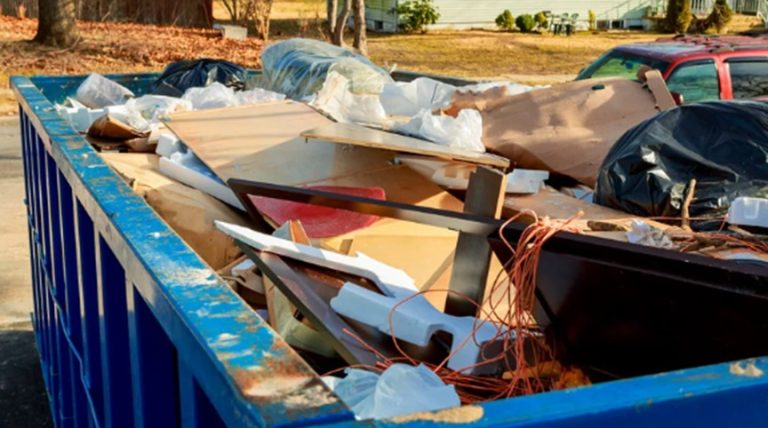
Fire safety is fresh in everyone’s minds, especially after the terrible events that occurred in London. Obligations for commercial properties are provided by the Regulatory Reform (Fire Safety) Order. In this article, the problems associated with Order based property transactions will be shown and solutions to them will be provided.
Who has to handle the duties?
A designated responsible person has to take care of the duties. This may be an employer when there is a workplace, or whoever has total control in operations when it comes to a business, trade, or anything of a similar nature.
Identifying the controlling party of a commercial property can be a little hard. According to government guidance, a tenant and a landlord can fulfil this role, especially in an instance where the responsibility of making repairs is split between the two. A landlord may choose to forfeit a lease, which means that they are regaining control of the property and become the designated responsible person for handling duties. For common areas like shopping centres, management companies or a landlord takes the responsibility while the tenants handle the responsibility for each individual unit. Because of this, tenants and landlords have to properly communicate with each other to determine who will have responsibilities.
Duties for specific parties
Regulation 9: A duty specifically for doing risk assessments
Problem – The details of a risk assessment are not clearly defined by the Order
The risks that people are exposed to at a property should be properly assessed by the responsible person. For this task, the responsible person has to figure out what is considered to be a sufficient and suitable assessment for the property and anything related to it. Property transactions are often met with difficulties because of this, as a potential buyer or tenant may ask for the risk assessment and not having one on hand will cause a delay if the assessment is needed before getting the property. Also, tenants are often faced with statutory compliance responsibilities when it comes to leases, and they may now know what this is or simply overlook it.
What can a person do about this?
The criteria for a risk assessment that is sufficient and suitable hasn’t been clearly defined, but the Government has a guide that should be followed.
- Make a note of any fire hazards.
- Find out who is at risk.
- Perform an evaluation and reduction or removal of present risks.
- Make a record of any risk findings and create a plan for emergencies, along with training.
- Regularly review the risk assessment for fires and update it.
- Compliance for the property is treated as a personal obligation. The occupier or owner has to take care of risk assessment when the property moves to that person. Any previous assessments done on the property doesn’t move on to the new person.
Problem 2 – A risk assessment can be called into review when alterations are made to a property
Risk assessment renewal isn’t bound to a particular time frame, and the Order places emphasis on triggers. If changes are made to a property, then the trigger happens.
What can be done about this?
It’s best to become knowledgeable about all of the triggers that can lead to an assessment review. All alterations that may cause risk assessments to be affected should be thought about. Something as simple as adding a bit of partitioning can cause the assessment to be affected because it can alter the accessibility of an existing escape route.
Regulation 14: The duty that requires a clear path for all emergency exits and routes to the exits, with no exceptions at any time.
Potential problem – An escape route passes through land that is owned by a third party
If an escape route happens to go through land that a third party owns or controls and the route doesn’t have proper documentation, then the route may become blocked or changed by the third party, which poses a risk, makes the route unusable, and makes it so the responsible person isn’t properly performing their duties.
What can be done?
The usage of third party land for escape routes must be documented beforehand. Tenants and purchasers often have the responsibility of inspection of the property put on them by the landlord or seller. The purchaser or tent has to thoroughly look over the property to see the escape route and make a note to the solicitor so that either permission to use the property can be obtained, or an alternate route can be created.










